By Nassim Khadem
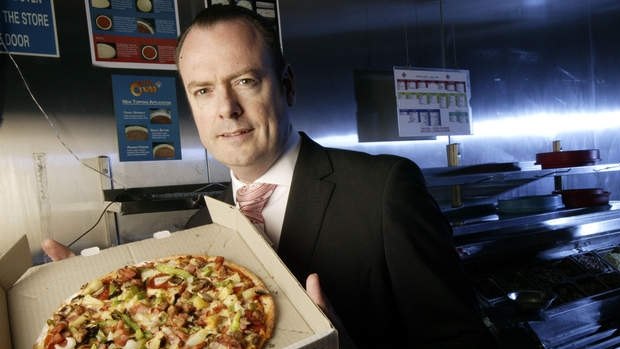
Australia's highest-paid CEO Domino's Pizza chief Don Meij.Credit: Glenn Hunt
Domino's Pizza boss Don Meij has topped the table of Australia's highest-paid chief executives, taking home $36.8 million, which is almost 435 times the full-time average wage.
Australian Council of Superannuation Investors (ACSI) chief executive Louise Davidson said it may be time to cap executive pay with the organisation’s analysis revealing the nation’s 100 largest companies only six CEOs eligible for a bonus in the 2017 financial year were not awarded one.
Ms Davidson said unless greater transparency about pay and bonuses was introduced, ACSI would recommend its 38 local and overseas investor members – which collectively manage $2.2 trillion in assets and own on average 10 per cent of every ASX 200 company - vote against CEO remuneration.
In terms of “realised” pay, the ASX100 CEOs included in ACSI’s report were more likely to lose their job than their bonus for performance reasons. It found one in three ASX100 CEOs awarded at least 80 per cent of their maximum bonus for FY2017.
After Mr Meij, Peter and Steven Lowy of Westfield Corporation came in at the second-highest paid executives, taking home $25.9 million, while Nicholas Moore at Macquarie Group came in third with $25.2 million realised pay.
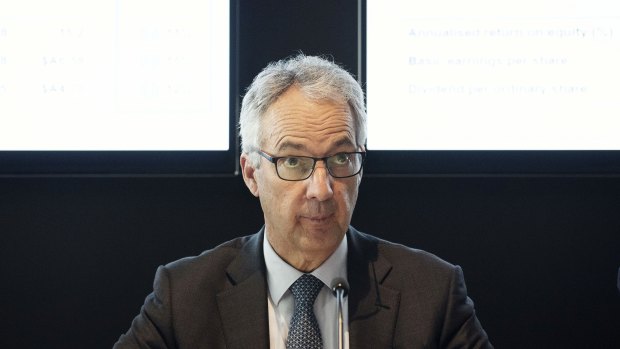
Nicholas Moore CEO at Macquarie Group came in third with $25.2 million realised pay.Credit: Christopher Pearce
The report’s figures are not adjusted for inflation, and the report notes that many CEOs reaped the rewards of being paid in equity, with strong equity market performance driving a sharp increase in take-home pay.
In FY2017, the overall the return from the nation’s largest 100 companies to shareholders was about 16 per cent.
The report also noted that realised pay does not necessarily reflect cash proceeds to an executive depending on whether they retain or sell shares received on vesting of incentives.
Mr Meij, for example, from the start of FY17 to February 2018 acquired 900,000 shares on the exercise of options but held fewer shares as at February 2018 than he did at the start of FY17, with his holding declining from 2.13 million shares to 1.84 million, the report noted.
And over this period, Mr Meij paid $15.81 million to exercise his options, the report said, and sold shares worth in total $53.11 million to fund option exercises, tax liabilities from his options and a divorce settlement.
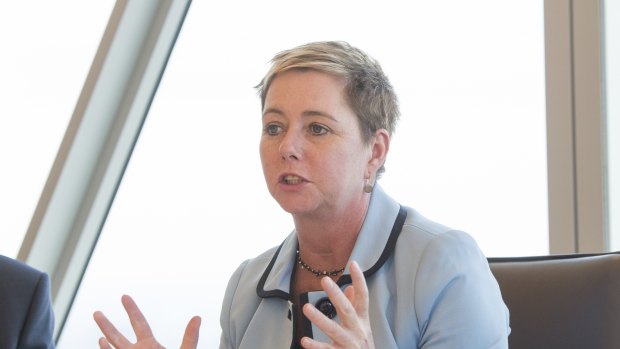
Australian Council of Superannuation Investors CEO Louise Davidson said bonuses were being awarded too easily.Credit: Jesse Marlow
Further, base pay for ASX100 CEOs – that is the fixed component of their remuneration - showed little growth.
Median fixed pay fell 1.1 per cent to $1.77 million, while the average rose just under 1 per cent to $1.91 million (largely due to newly-appointed CEOs starting on lower pay than their predecessors).
Mr Meij's statutory/reported pay of $4.7 million means the multiple of 435 the average full-time wage drops to about 55 times the average full-time wage. His annual fixed pay in 2017 was $1.1 million.
But median realised pay for an ASX100 CEO rose 12.4 per cent to $4.36 million and was up 22.1 per cent to $1.76 million for ASX101-200 CEOs.
The average for the ASX100 rose 9.3 per cent to $6.23 million. For ASX101-200 CEOs, average realised pay rose 11.8 per cent to $2.26 million.
All but six of the 80 CEOs eligible for a bonus received one, with 10 CEOs departing their roles in FY17. There were four others, such as Andrew Bassat at Seek, who don’t actually have short-term incentives.
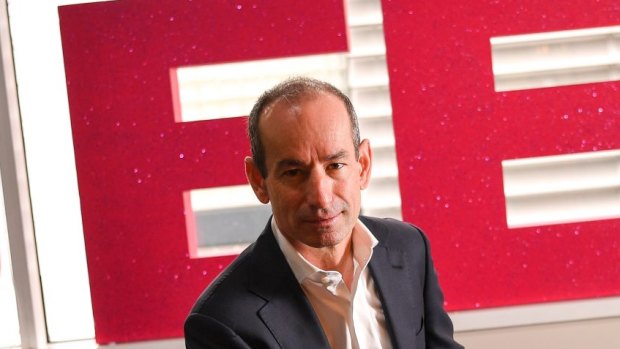
SEEK CEO Andrew Bassat was among only four CEOs that did not have short-term incentives.Credit: Eddie Jim
The median bonus awarded for an ASX100 CEO was up nearly 20 per cent to $1.76 million, while the median cash bonus also rose by 8.7 per cent to $1.11 million.
Bonuses remained slightly harder to achieve for ASX101-200 CEOs, being paid to only 63 of the 72 eligible CEOs. For this group the median bonus, as a proportion of maximum, was awarded at 69 per cent.
Ms Davidson said the fact that bonuses were given to almost every top CEO showed large bonuses were being given just for hitting targets rather than exceptional performance.
“We are concerned that bonuses are being paid too easily,” she said.“We would expect to see more variability of bonuses rewarded - at the moment it seems they are on automatic pilot.”
If the issue was not voluntarily addressed, she said Australia may need to go down the same path as the United Kingdom and look at capping executive pay.
The UK recently introduced a pay-ratio disclosure so that companies with a minimum of 250 employees must report the ratio of CEO pay to UK employee pay at the 25th, 50th and 75th percentiles.
“There’s a sense in the community of growing inequality," Ms Davidson said. "There’s a sense of distrust in business. And when people see these big pay figures coming out that creates further concern in people’s minds”
This was a risk for companies. “When businesses lose their social license to operate they lose the confidence of their workforce and also have the potential to lose the confidence of regulators and government," she said.
ABS data shows that in the 12 months to November 2017, average full-time wage, with overtime and penalty rates, was $1628.10 a week (up 2.2 per cent). That is $84,661.20 annually.
There were 84 ASX100 and 77 ASX101-200 CEOs included in ACSI’s report. Some were left out as they were appointed mid-way through the financial year and their disclosed remuneration was for less than 12 months.
Termination payments to departing ASX200 CEOs rose in FY17, from a total of $23.98 million paid to 17 CEOs in FY16 (an average payment of $1.41 million) to $33.63 million for 20 people in FY17 (an average of $1.68 million).
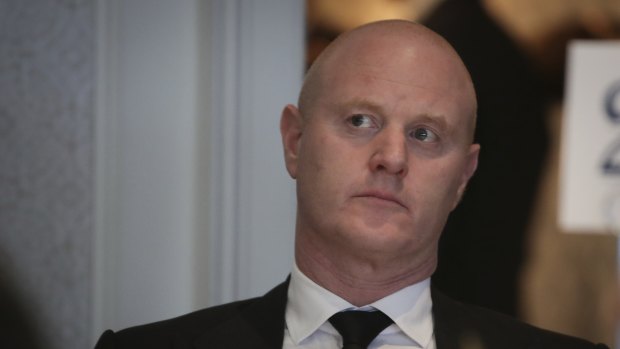
CBA's former CEO Ian Narev, who received no bonus, fell out of the top 10 in FY2017.Credit: Alex Ellinghausen
There were so few female CEOs in the ASX200 that it was hard to draw conclusions about pay equity, but Ms Davidson noted there were more CEOs called Andrew in the ASX100 sample than women.
No ‘big four’ bank CEO featured in the Top 10 reported or realised pay groups – reflecting the gradual reduction in bank-CEO pay.
The CBA board decision to pay no bonuses to senior executives for FY17 in the wake of action against the bank by AUSTRAC meant that its former CEO Ian Narev, who received no bonus, fell out of the top 10 in FY2017.
The highest-ranking bank CEO in FY17 was Westpac’s Brian Hartzer at number 20 on reported pay with $6.68 million, and 33rd on realised pay with $5.28 million.